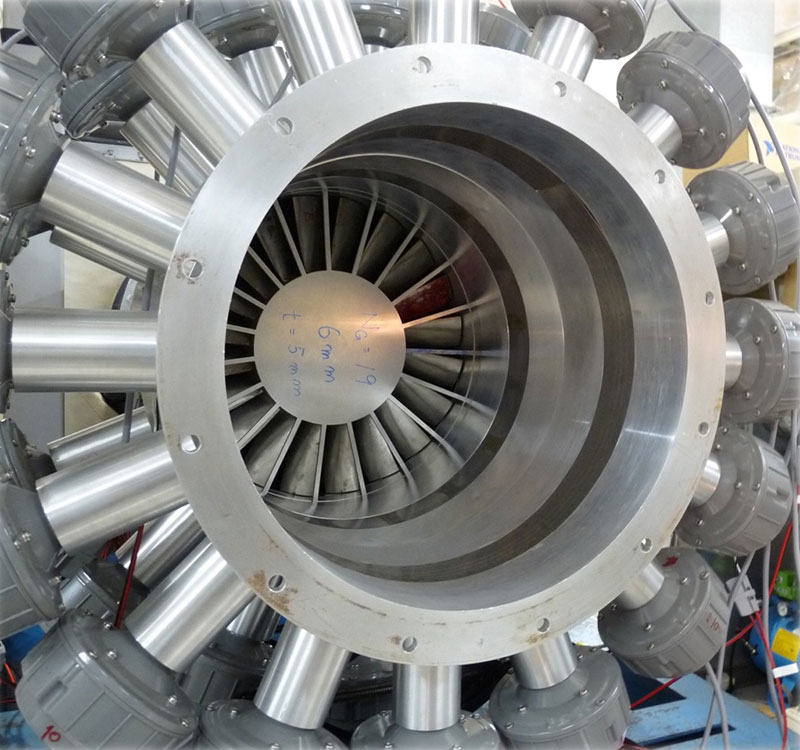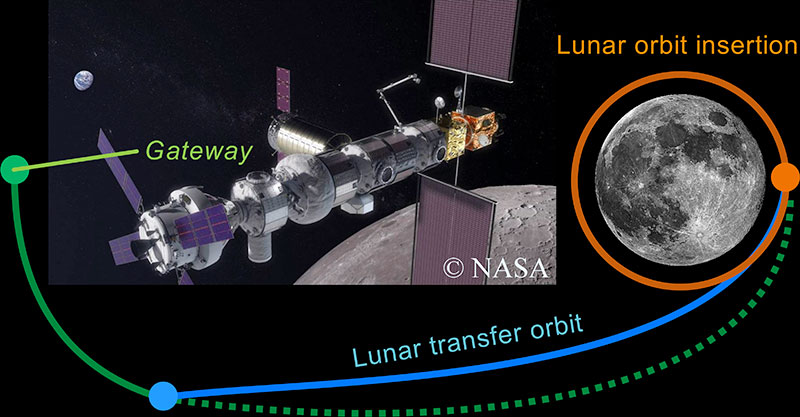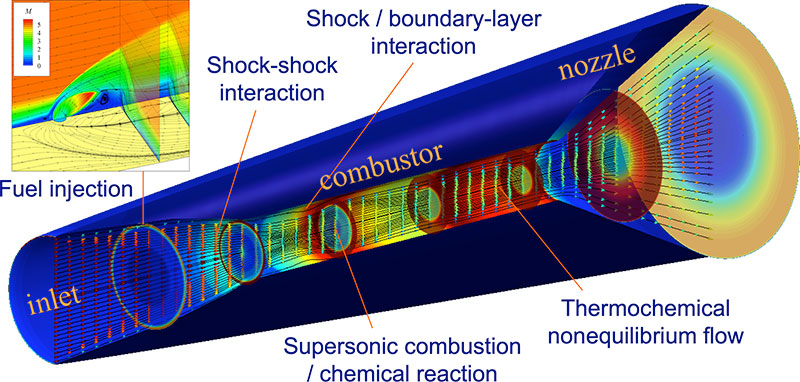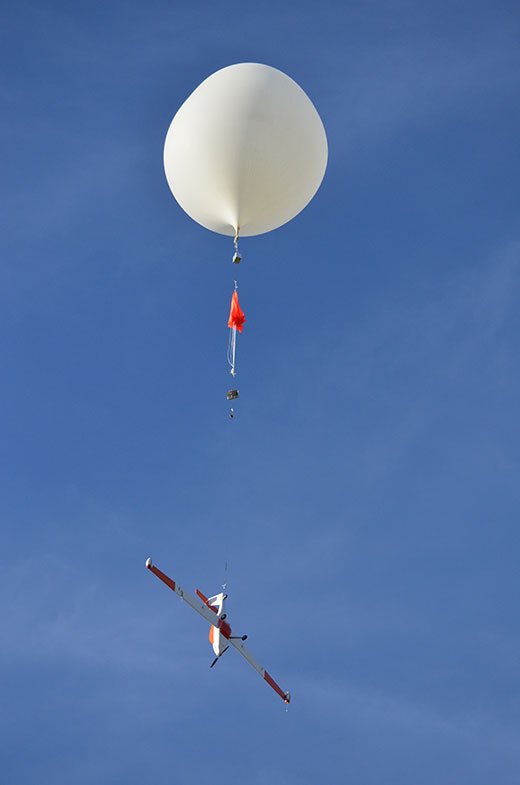Outline
 Aeronautics is the study of the science and technology of aircraft that fly in the atmosphere, such as passenger jets, drones, and aerostats, while astronautics deals with rockets and spacecraft that can fly in outer space, including satellites, spaceships, and space stations. Our department integrates many engineering fields to provide very broad knowledge and training so that the students can work as aeronautical and astronautical engineers at the highest level. These engineering fields include Thermophysics and Fluid Mechanics, Aerospace Structures and Structural Dynamics, Flight Dynamics and Controls, and Space Systems Engineering. We especially focus on training based on engineering-oriented thinking by application of mathematics and dynamics, with three notable features: 1) comprehensive ability, 2) mathematics-oriented approach, and 3) appreciation of natural science and scientific methodology.
Aeronautics is the study of the science and technology of aircraft that fly in the atmosphere, such as passenger jets, drones, and aerostats, while astronautics deals with rockets and spacecraft that can fly in outer space, including satellites, spaceships, and space stations. Our department integrates many engineering fields to provide very broad knowledge and training so that the students can work as aeronautical and astronautical engineers at the highest level. These engineering fields include Thermophysics and Fluid Mechanics, Aerospace Structures and Structural Dynamics, Flight Dynamics and Controls, and Space Systems Engineering. We especially focus on training based on engineering-oriented thinking by application of mathematics and dynamics, with three notable features: 1) comprehensive ability, 2) mathematics-oriented approach, and 3) appreciation of natural science and scientific methodology.


What do you learn?
 First, in the field of Thermophysics and Fluid Mechanics, students learn external flows around aircraft and internal flows inside engines, energy conversion from the chemical energy of fuel into propulsion power, computational and experimental technologies dealing comprehensively with heat and flow phenomena, and cutting-edge micro-nano technologies.
First, in the field of Thermophysics and Fluid Mechanics, students learn external flows around aircraft and internal flows inside engines, energy conversion from the chemical energy of fuel into propulsion power, computational and experimental technologies dealing comprehensively with heat and flow phenomena, and cutting-edge micro-nano technologies.
Second, the field of Aerospace Structures and Structural Dynamics develops lightweight structures with high reliability for aircraft, rockets, satellites, and space structures. Students learn structural dynamics, damage tolerance mechanisms of advanced composite materials, multi-material design, and fabrication processes including advanced additive manufacturing.
Third, the field of Flight Dynamics and Controls applies flight dynamics, autonomous control and optimization theories, and advanced control and imaging technologies to develop compact-sized unmanned aerial vehicles and robots.
Last, the field of Space Systems Engineering conducts wind tunnel and flight experiments and studies new propulsion systems for hypersonic flight, small-sized artificial satellites, aerodynamic heating during reentry of the spacecraft, and the orbital and interplanetary round trip travel between the earth and outer space.












